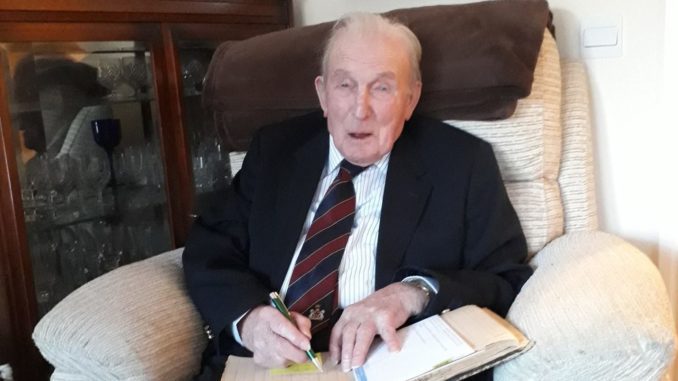
During the summer of 1942, George Johnson was posted to No. 97 Squadron at RAF Woodhall Spa as a reserve gunner, flying numerous operational sorties with different crews. Johnson subsequently elected to train as a specialist bomb aimer and by November 1942, returned to No. 97 Squadron assigned to a team that would eventually complete 19 missions, headed by Joe McCarthy.
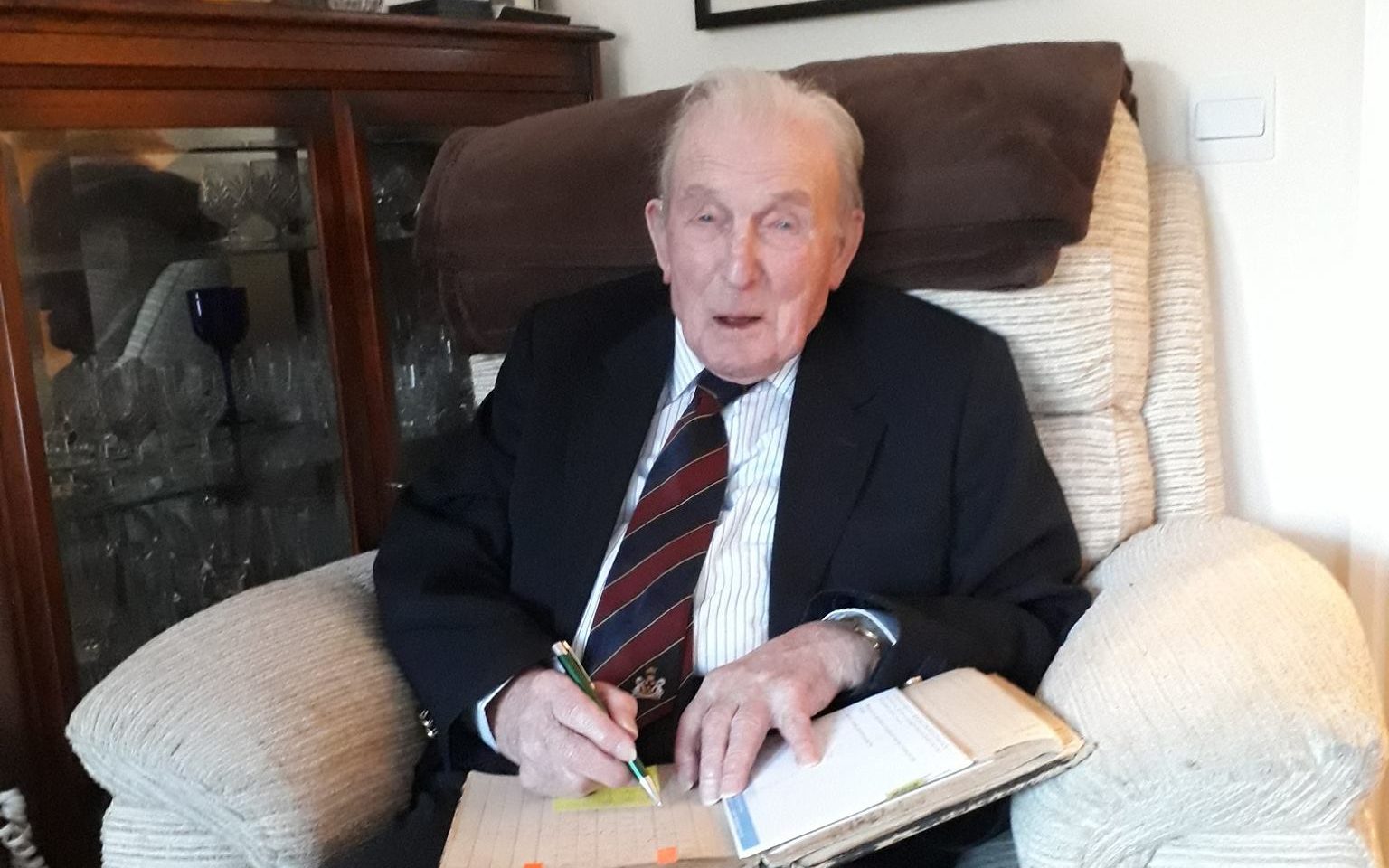
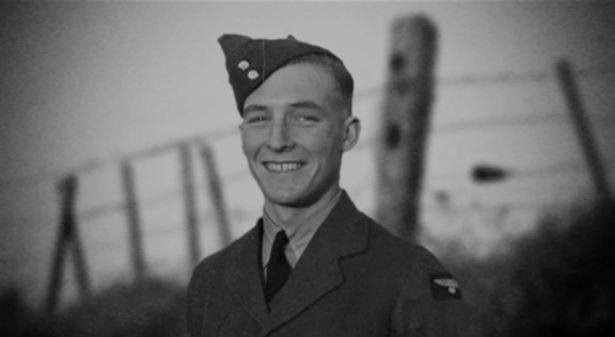
McCarthy’s crew, including Johnson, would join 617 Squadron (617 Squadron RAF ‘Dambusters’ History, DAMBUSTERS) in March 1943; a unit formed specifically to attack three major dams, the Möhne, Eder and Sorpe, that contributed water and power to the Ruhr industrial region in Germany. Several weeks of intensive and dangerous low-level training followed. Like the rest of No. 617 Squadron, Johnson practiced dropping his bomb as the aircraft flew straight towards the target at 60 feet.
On the afternoon prior to the raid, the five crews detailed to attack the Sorpe Dam were told the specialist bomb sight developed for the raid would be of no use. Unlike the Mohne and Eder dams, the Sorpe dam was built of earth covering a concrete core which would absorb more of the shock waves created by the bomb and reduce its intended effect. The mission would instead require flying along the dam wall, dropping the mine at its center, which would then roll down the wall and explode when it reached the correct depth.
McCarthy’s was the only one of the five planes to reach the Sorpe. Of the other four planes, one crashed, one was shot down and the other two had to abort. The difficulty of the mission became immediately clear upon arrival over the dam.
Although there were no flak batteries, success would require a low approach across the nearby town of Langscheid, with its prominent church steeple, followed by the aircraft having to drop even lower so the bomb could be released. It was not until the tenth attempt that Johnson was satisfied and the bomb was released. The bomb detonated right at the center of the dam, blasting a water spout that hit the rear gun turret of the Lancaster as it banked away.
Johnson received the Distinguished Flying Medal, along with other members of the squadron, in an investiture at Buckingham Palace.
Johnson participated in a further 19 missions with No. 617 Squadron until April 1944. He was subsequently posted to a Heavy Conversion Unit at RAF Scampton as bombing instructor until the end of hostilities. He retired from the RAF in 1962 with the rank of squadron leader.
As always I am indebted to several persons who help connect the Logbook to a signatory and Mr. Johnson’s case was no different. A 2015 lecture by Mr. Johnson at St. Peter’s Henleaze led me to Peter Watts who kindly put me in touch with Johnson’s daughter Mrs. Sexstone who was absolutely stellar in accommodating our continually changing schedule as we attempted to get the book to her dad who, not only honored us with his signature, but graciously penned us a touching note describing the Logbook as a “historical treasure” (far be it for me to argue).
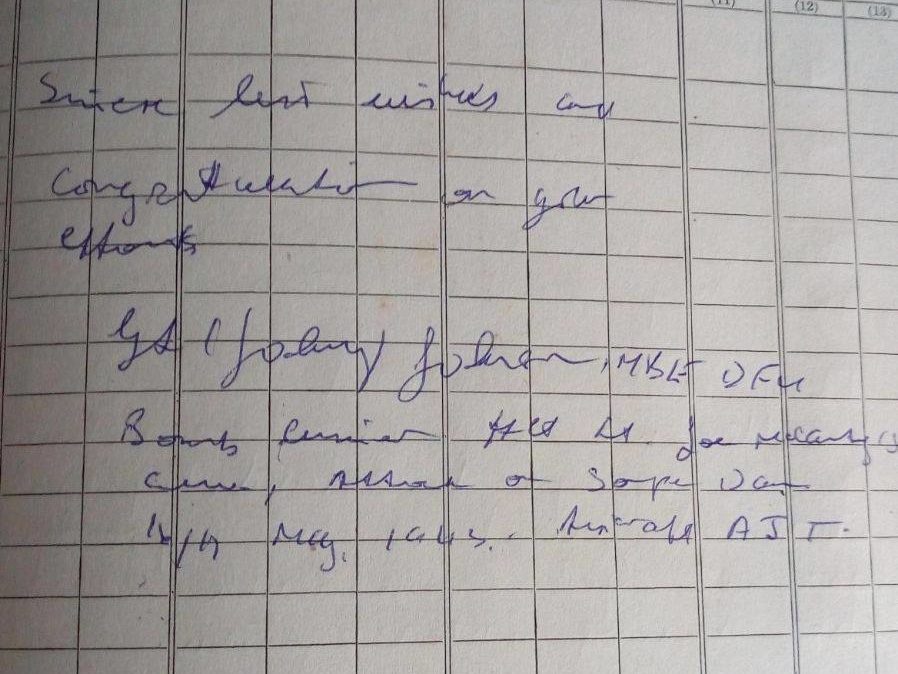
The enduring achievement of the Dambusters was captured in an event that occurred soon after we attained Mr. Johnson’s signature as retold by Ross Stewart during a part time shift as a Marshall at Stoke By Nayland Golf Course.
In the summer, a golf society were having a few beers as they watched the rest of their group come in on the par 3 18th hole, across water (see photo).
The shot skipped, bounced 3 times across the lake and landed just short of the green.
Simultaneously the friends put down their beers and started the Dam Busters theme tune, running down to the green, arms as wings like 10 year old boys. The story of the bouncing bomb is and will forever be a tribute to Great Britain and the men of 617 Squadron.



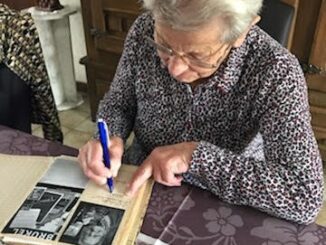
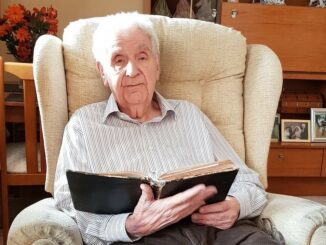
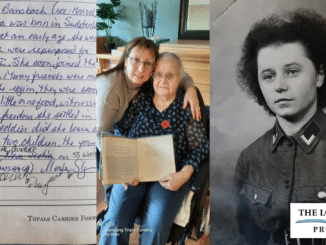
Be the first to comment